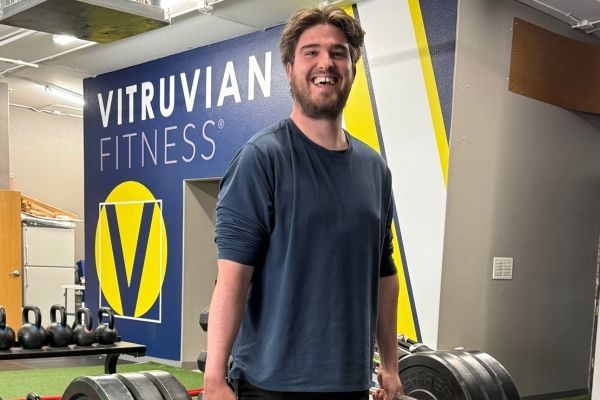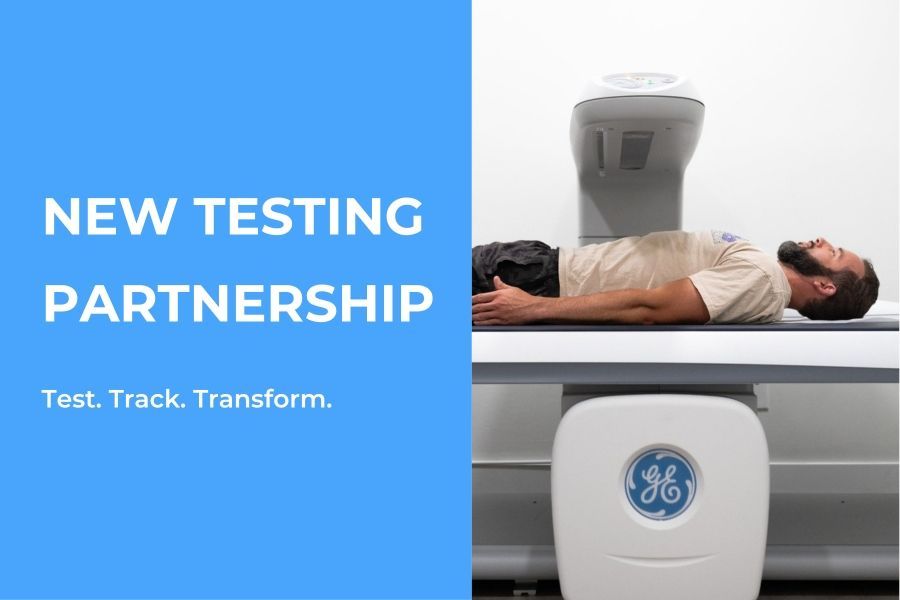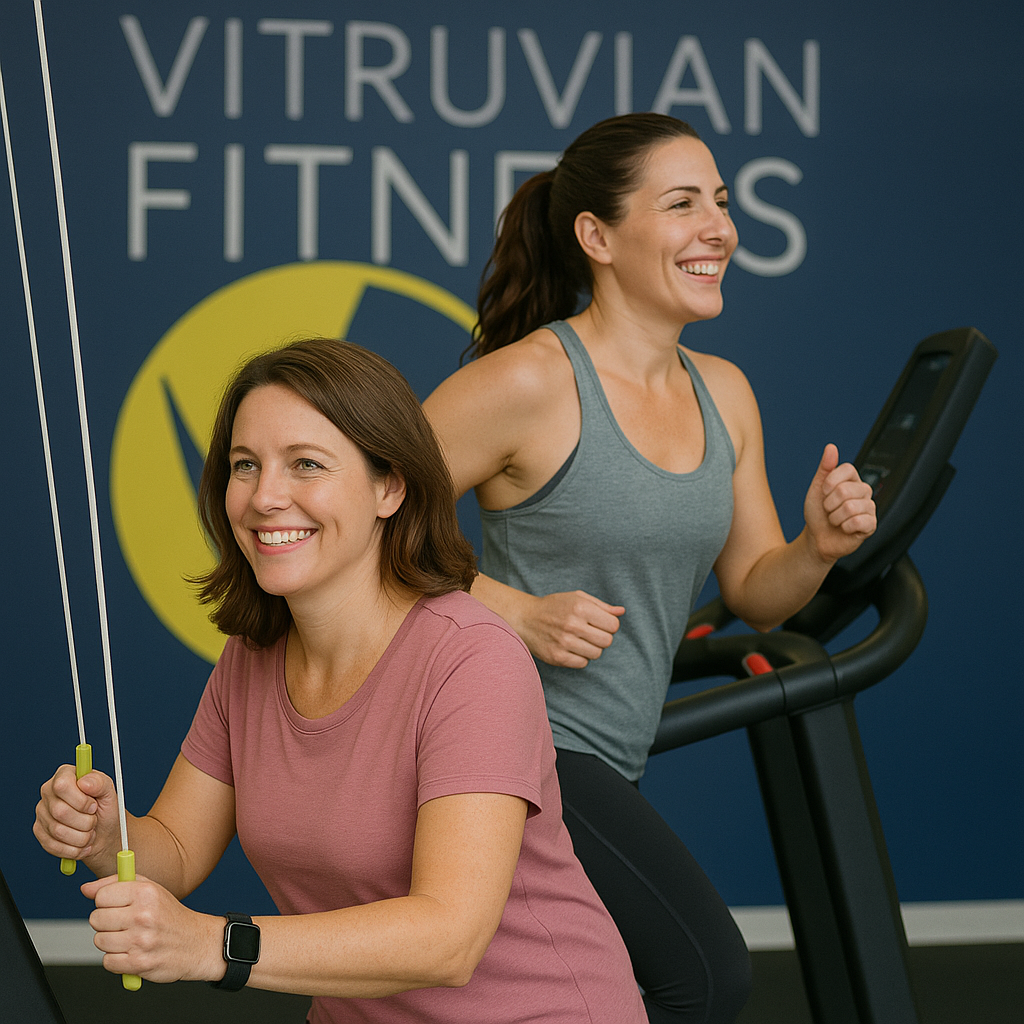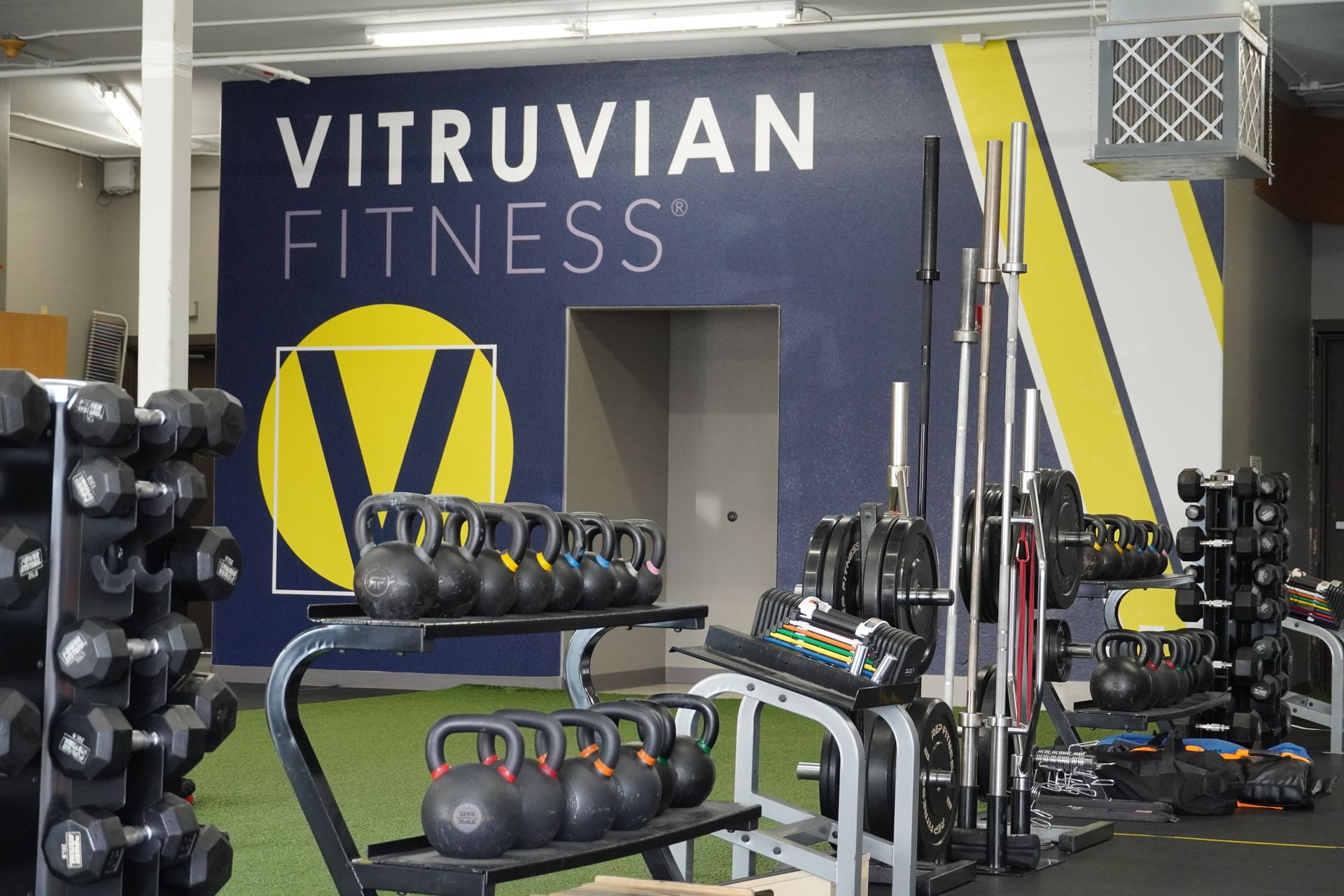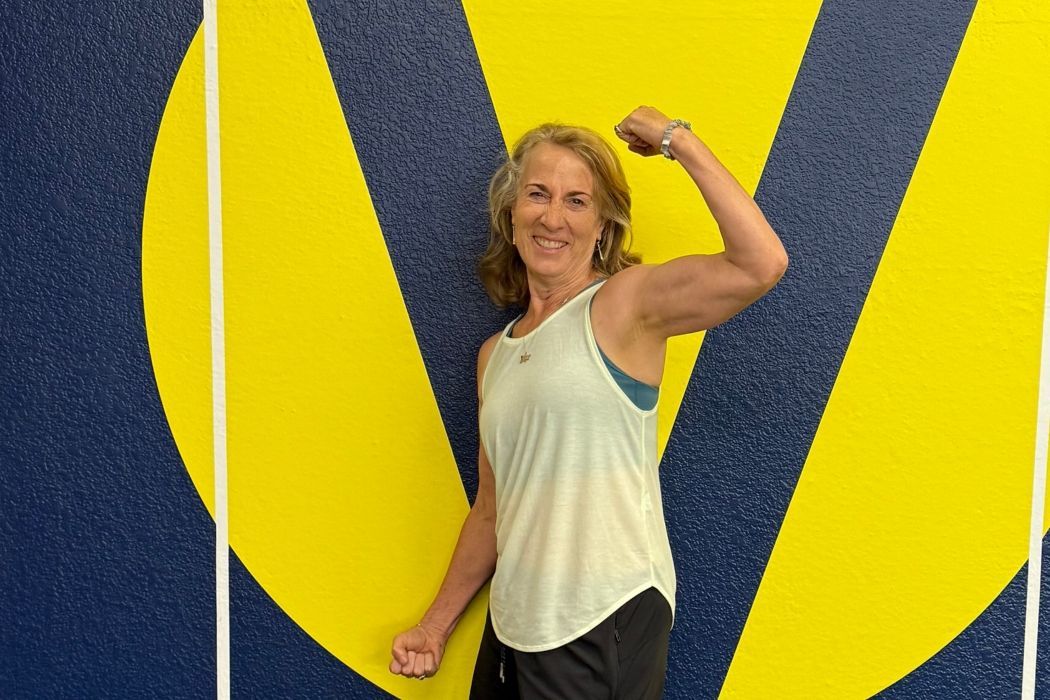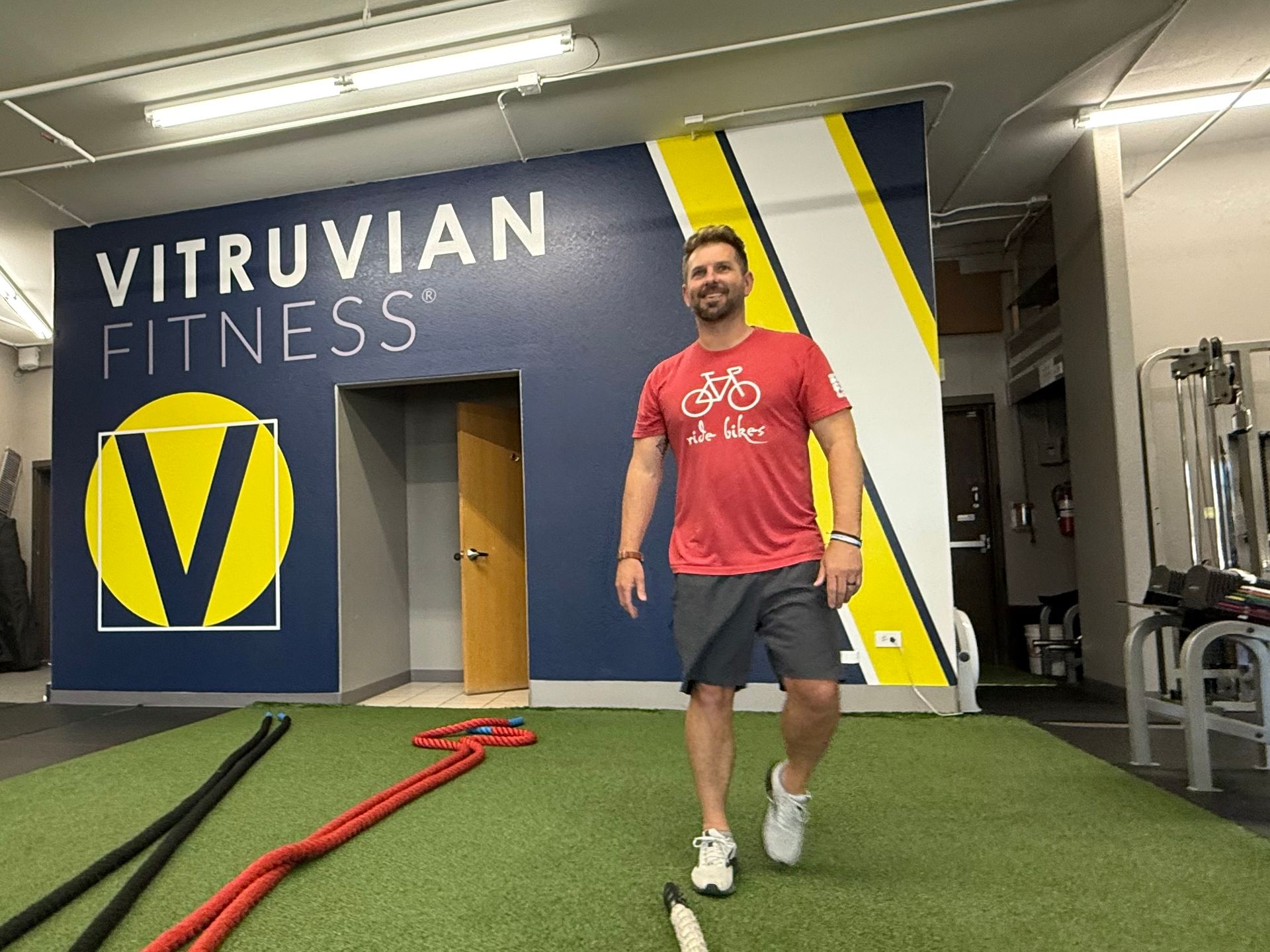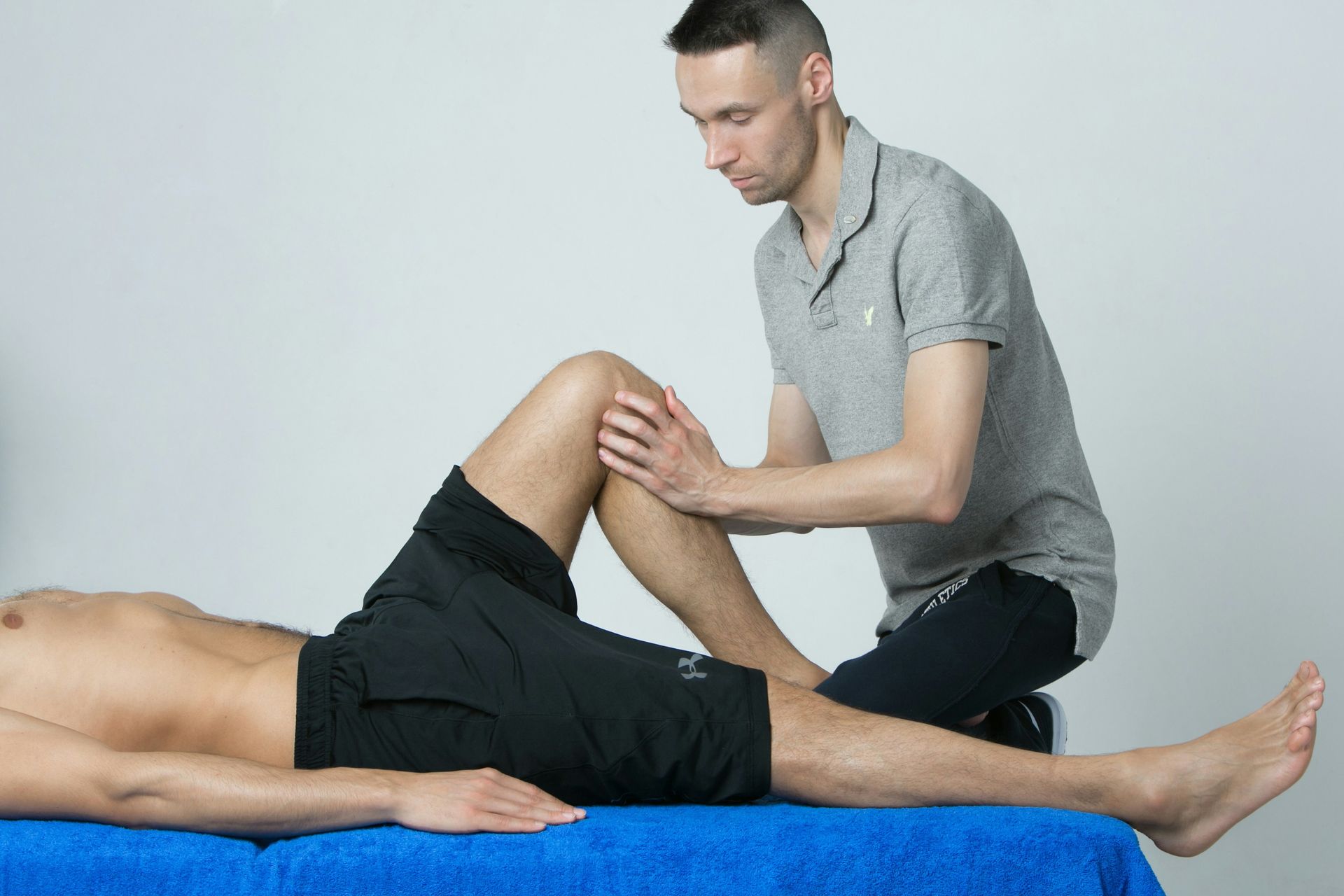Decoding Training Zones: What They Are and Why They Matter
How you can train smarter to live longer, live better, and stay active and independent — maybe into your 90s or 100s.
In our previous article,
Why Cardio Matters, we talked about the benefits of doing cardio (like living longer) and introduced you to a few terms that might have been new: Zone 2, VO₂ Max, and lactate clearance. We also offered a general recommendation for how much cardio to do weekly.
This article takes the next step: breaking down how the
intensity
you work at affects the benefits you get from each training session.
The science of exercising is rich, complex, exciting, and overwhelming. Besides the fact that it is indeed complicated, it’s made worse by having acronyms for everything, buzzy catchphrases, and intimidating fitness personalities.
This is where I’m going to try to make this easier to understand, convey why you should care, and encourage you to add cardio to your daily, weekly, monthly, seasonal lifestyles.
What Are Training Zones?
The simplest way to describe a training zone is, "That maximum intensity you could endure for a period of time."
To determine each zone, you would ask: "How long could I maintain this effort before I have to stop to rest?"
- If you only had to run for 10 seconds, what’s the fastest you could go?
- What if it were 10 minutes?
- 60 minutes?
- 90 minutes?
- Two hours or more?
- Or just a meandering stroll with no particular place to go?
Your answer to each question tells you roughly what your training zones are. So easy, right? Keep reading, it gets interesting.
And don’t worry that I said “running.” This applies whether you're walking, cycling, rowing, swimming, or any other form of cardio.
Why Training Zones Matter?
Sure, we all want to live longer. But the quality of those later years matter.
Maybe the reason so many people say, "I don't want to live to be 100" is because they haven't seen anyone do it well. Real talk: many of us are seeing how our parents and grandparents are aging, or how their last years were spent.
And many of us are coming to realize that we have the control today to make our lives better now and our later decade(s) way better.
Cardio helps with that.
It keeps your heart, lungs, brain, and muscles working smoothly. It gives you energy. It keeps you mobile. It helps prevent or manage things like:
- Heart disease
- Cancer
- Diabetes
- Neurodegenerative diseases
- Chronic inflammation
Plus, if you love doing active sporty things—whether it’s skiing, biking, hiking, or chasing grandkids—cardio helps you do those longer and better, too.
Here’s the point: training zones matter because doing cardio at specific intensities and durations makes your results more predictable and efficient. If we boil it down, that’s the why—to make the time we spend exercising as productive as possible for the results we actually want.
Why Zones 2, 5, and 5+ Are Our Focus at Vitruvian Fitness
We use a 6-zone model while really focusing on just 3 of the 6:
- Zone 1 is like walking with your friend with no particular place to go.
- Zone 2 has a purpose to its pace and extraordinary health benefits.
- Zone 3 is quick, moderately intense.
- Zone 4 is important to know for pacing during an event and also as the benchmark that defines the other zones.
- Zone 5 and Zone 5+ are magical. Their efforts yield exponential returns on investment.
(Many exercise physiologists actually work with a 7 phase model. For our purposes, Zone 5 is important and well defined. But beyond that, it's impossible for most of us to distinguish and measure anything more than "it was impossibly hard.")
If your training goals are primarily for general health and fitness, we spend most of our time in Zone 2 with brief excursions into Zone 5/5+. In these scenarios, Zone 1 is for warm up and cool, down; Zones 3 and 4 are flyover zones on the way up to and down from Zones 5/5+.
If you have specific performance goals or an event you're training for, Zones 3 and 4 definitely have their place depending on the type of event you're training for.
Zone 2: The Foundation
As simple and as easy as doing 30 to 60 minutes of exercise at this low intensity is, the impact is enormous.
And as you'll see later, Zone 2 is a pace that you could maintain for about 2 hours. But in reality, at this pace, it feels like you could go all day. This may be why people tend to disregard doing it — if it feels this easy, how much benefit does it really provide.
So, to simplify the language too much undercuts its importance and impact. To make this point, I'm going to be very serious for a moment.
Doing Zone 2 cardio (or Long Slow Distance) does this:
- creates more and higher functioning mitochondria
- increases capillary density which brings more blood and oxygen to tissues
- trains your body to preferentially burn fat instead of sugar
- improves insulin sensitivity
- improves lactate clearance
- improves parasympathetic tone which helps you recover faster and handle stress better
And remember when we were all taught that mitochondria are the power houses of the cell? Who among us remembers anything else about this organelle? Again, too important to oversimplify:
Mitochondria are specialized structures within your cells that transform oxygen and nutrients into ATP (adenosine triphosphate), the chemical energy that powers nearly every biological function in your body. They also play a central role in regulating metabolism, controlling inflammation, supporting cell repair, and managing programmed cell death. Their performance directly affects how well your brain thinks, your muscles move, and your body heals.
It improves all this:
- Brain function
- Heart performance
- Immune resilience
- Hormonal balance
- Detoxification and waste removal
- Thermoregulation
- Tissue repair and cell regeneration (an anabolic process)
- Autophagy and apoptosis (catabolic processes)
And most importantly: It makes you better looking and more interesting at parties.
Zones 5 and 5+: The Turbocharger
If Zone 2 training is like upgrading your engine from a tiny 4-cylinder to a beefy V6, then VO₂ max training is the turbocharger—same engine, way higher performance when you need it.
Zone 5 and 5+ efforts are short efforts — 10 seconds to 10 minutes — very intense and very uncomfortable. They push your body to its upper limits and the payoff is huge—especially when it comes to performance, longevity, and resilience in the face of life’s demands.
What VO₂ Max Training Delivers:
- Increases cardiac output at max effort (more blood per heartbeat)
- Trains and recruits fast-twitch muscle fibers for speed, power, and explosive movement
- Raises your anaerobic threshold so you can go harder for longer
- Maximizes oxygen use under stress—better performance when it counts
- Upregulates metabolic enzymes to burn carbs more efficiently at high speeds
- Improves neuromuscular coordination at peak intensities
- Stimulates cellular repair systems that help your body recover, adapt, and handle stress
- Builds a performance buffer zone so everyday efforts feel easier
- Directly predicts longevity—VO₂ max is one of the strongest indicators of how long you’ll live
That’s why we don’t stop at Zone 2—we also push into Zone 5 and beyond. These high-intensity efforts help your body perform better under pressure, recover faster, and stay capable as the demands of life increase. Together, they build the endurance to go long and the power to rise to the moment—whether that’s chasing a PR, climbing a hill, or just staying active on your own terms.
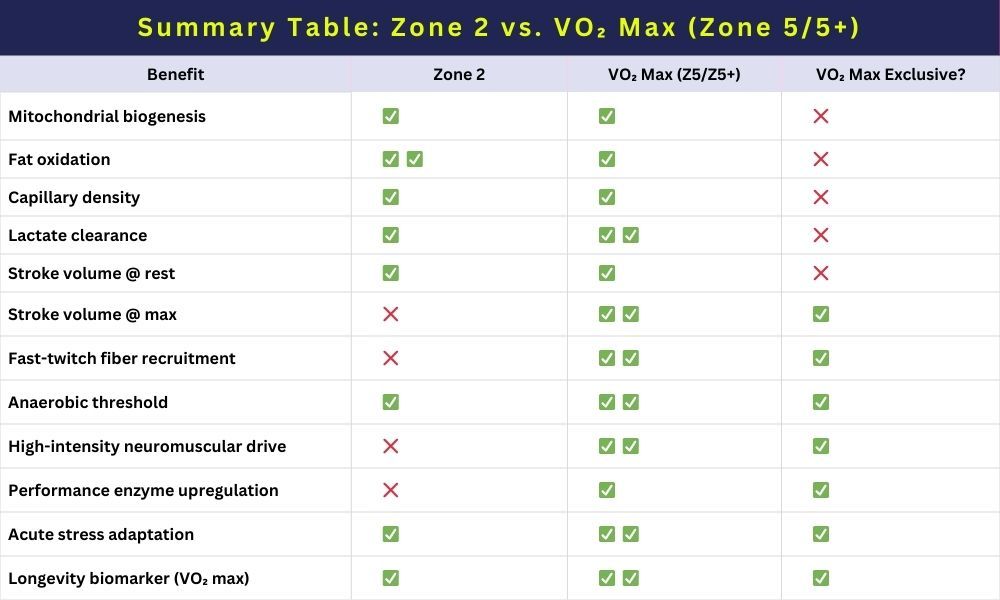
Want to know your exact zones?
Book a test with us and start training with confidence, not guesswork.
👉Let's Talk! Click here to schedule a call!
Determining Your Training Zones
The best way to determine your zones depends on what your goals are.
If it’s just to live long and prosper, it’s very simple. You can DIY this yourself using the Quick and Dirty Method below.
If you’re a data-driven recreational enthusiast, it’s a little more complicated. You can do a guided assessment with us at the gym with a heart rate monitor and a stop watch.
If you’re a serious podium-seeking athlete or you’ve got some health problems that need correction, that warrants full lab tests with gas exchange and blood lactate.
But in any case, you need to do some sort of testing and observation to know your zones.
And no, 220 minus your age doesn’t cut it. This method is wildly flawed and deserves to be abandoned forever. If you need an example, according my my age, my max heart rate would be 160 beats per minute. In that same flawed model, they would suggest that 80% of 160 — 128 beats per minute — is the top of Zone 4 for me.
This year during training, I have repeatedly reached well over 170 beats per minute and can pedal my bicycle for over an hour at 164 beats per minute. And not too long ago, I observed my heart rate over 180. If you need more data, come see me.
Quick and Dirty Method:
- Zone 2 = You can talk, but not sing. Maybe 3 sentences between breaths.
- Zone 5 = Hard. You can hold this effort for 8–10 minutes max and it’s
really really hard.
- Zone 5+
= Ridiculously hard. 10 to 60 seconds of full-send effort. Maximum intensity. You will hate every second of this and you’ll feel wildly exhilarated at the end of each effort. So hard and so worth it.
A Word About "Rating of Perceived Exertion" (RPE) and Heart Rate Monitors
Depending on how much you like using tech while you workout, you may choose the no-tech RPE scale or use a heart rate monitor. RPE is simply using a number scale to rate your intensity level. It's not 100% accurate but if you've got a sense of how your body feels under strain, it's pretty good!
Heart Rate Monitors are like an EKG strapped to your chest. Very precise and very affordable — worth the investment if you're tech-curious.
There are multiple scales that describe RPE but really you can just use the same Zones whether you're talking about Heart Rate or RPE.
Zone 1 = go all day
Zone 2 = talk but not sing
Zone 3 = a brisk 90 minute pace
Zone 4 = a hard 60 minute pace
Zone 5 = a brutally hard 8 minutes
Zone 5+ = an impossibly hard 10 second effort
Putting It All Together
Zone 2 lays the foundation—enhancing endurance, improving metabolic health, and building resilience.
Zones 5 and 5+ add the high-performance edge—boosting peak capacity, sharpening recovery, and preparing you for life's sudden demands.
T
ogether, they create a well-rounded fitness profile that supports not just longevity, but quality of life. By integrating both training zones into your routine, you're investing in a future where you remain active, independent, and vibrant.
Next Up: How to Create a Training Plan
How to use your zones to create smarter, more effective programs whether you’re training for health, enjoyment, or competition.
Want to know your exact zones?
Book a test with us and start training with confidence, not guesswork.
👉Let's Talk! Click here to schedule a call!
You might also enjoy these posts . . .
